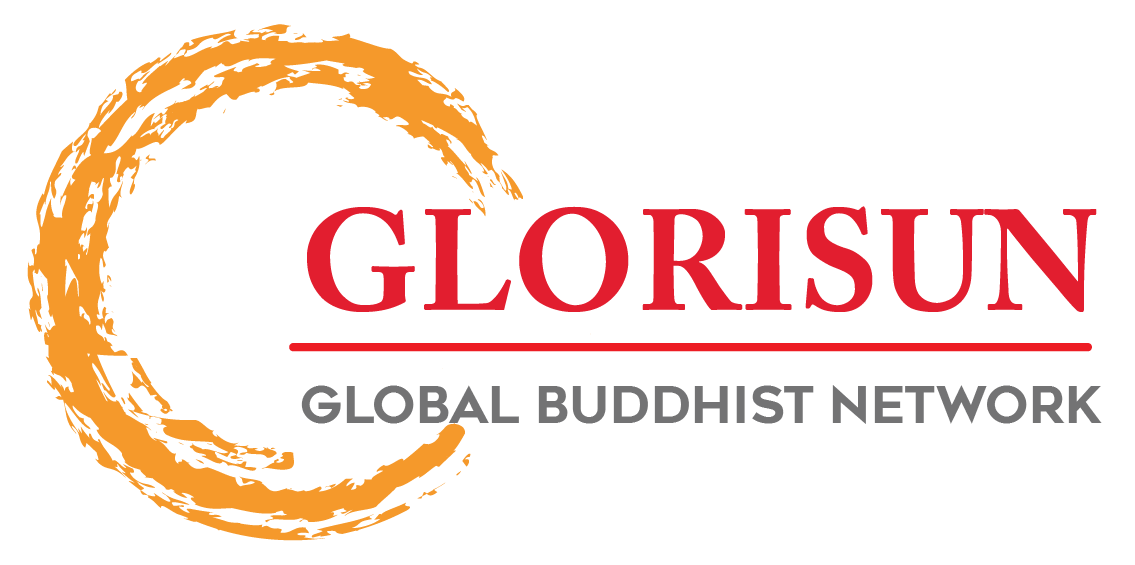Click here return to the Hualin main page.
Click here return to the Hualin E-Journal Vol 7.2 Table of Contents page.
Hualin International Journal of Buddhist Studies 7.2 (2024): 70–131; https://dx.doi.org/10.15239/hijbs.07.02.04
(This article belongs to the Special Issue Ritual and Materiality in Buddhism and Asian Religions)
Negotiating Boundaries: A Comparative Study of the Shuilu (Water-Land) Rituals in Late Imperial China
Jingyu LIU 劉婧瑜
Rollins College
jliu1@rollins.edu
Abstract: This study presents a comparative analysis of two distinct manuals for the Water-Land Ritual, a significant Buddhist ceremony for universal salvation originating in the ninth century and gaining prominence across China by the thirteenth century. The analysis focuses on the Fajie shengfan shuilu shenghui xiuzhai yigui 法界聖凡水陸勝會修齋儀軌 [Ritual Manual for Performing the Retreat of the Grand Assembly of All Saintly and Mundane Beings of Water and Land, X no. 1497; hereafter, FJSF], edited by Zhipan 志盤 (ca. 1220–1275) and Zhuhong 祩宏 (1535–1615) and prevalent in contemporary Chinese Buddhist temples, and the Tiandi mingyang shuilu yiwen 天地冥陽水陸儀文 [Manual for the Ritual of All Beings of Heaven and Earth, This World and the Netherworld, and Water and Land; hereafter, TDMY], which incorporates a variety of beliefs and practices (such as Esoteric and Daoist), reflecting regional variations of the ritual. By exploring ritual space segmentation, altar configurations, and participant movements within the context of the Buddhist renewal movement during the late Ming Dynasty, this paper hopes to shed light on the question of why the FJSF eventually replaced the TDMY as the dominant version of the Shuilu ritual in modern-day Chinese Buddhist temples.
Keywords: Buddhism, ritual, Shuilu, pudu, Ming Dynasty, Late Imperial China
About the Author: Dr. Jingyu Liu is an Assistant Professor at Rollins College in Winter Park, Florida, specializing in Asian religions, particularly Chinese religious interactions and rituals. She earned her Ph.D. from Harvard University, where her research focused on universal salvation rituals in medieval China. Dr. Liu has extensive experience teaching East Asian history and religions. Her research interests include the intersection of Buddhist and Daoist practices, transnational religious exchanges, and ritual and society.
This is an open access article distributed under the Creative Commons Attribution License which permits unrestricted use, distribution, and reproduction in any medium, provided the original work is properly cited.
